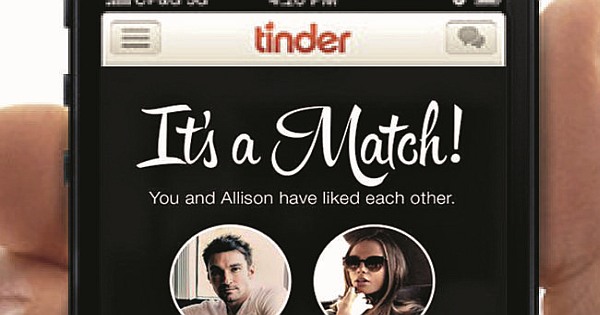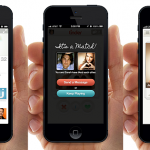
In the world of the current technology, it is a beleif that if you are likely to fail, fail quickly. And a huge amount of relationships which start online do, obviously, fail. A way to see at this is the overhyped algorithms weren’t that good in doing the things which they claimed they would do initially. This was a verdict of 5 experts who wrote a 2012 paper in a popular journal. However, things have changed a lot today.
Tinder app
Tinder is one app which allows persons to interact with others with much less info about one another than similar dating platforms. This app is able to create these circumstances in 2 ways: via social verification (via Facebook), & with what according to the app developers a double opt-in.
With social authentication, the users get a peace of mind & they know that the person on the other end is real. On the other hand, the double opt-in make sure that the lone interactions which take place are among those who’ve both expressed interests in one another.
The user of the app is shown a very short profile of other users. It is just some pics, one headline, possibly a common interest or networks you’ve (this is all based upon the Facebook profile of the user), and sometimes a short paragraph. That’s it. Using this small amount of info, you simply need to make 1 decision & that is to either swipe on the left side or swipe on the right side. Swiping on the left means you are not interested in the person. Swiping on the right means that you are. It is just as simple as that to use the Tinder app.
The above conditions has made the app a superior correspondent for real life dating as compared to other platforms. Assume you saw a pretty girl at the party. You might not know where that girl went to college, however you do know she came along with one of the friends, who could tell you whether she is single or not. That is enough most of the times.
Although Tinder may a new thing currently, it could also be viewed as a product of an extended trend. It is a trend which is driven by its users.




